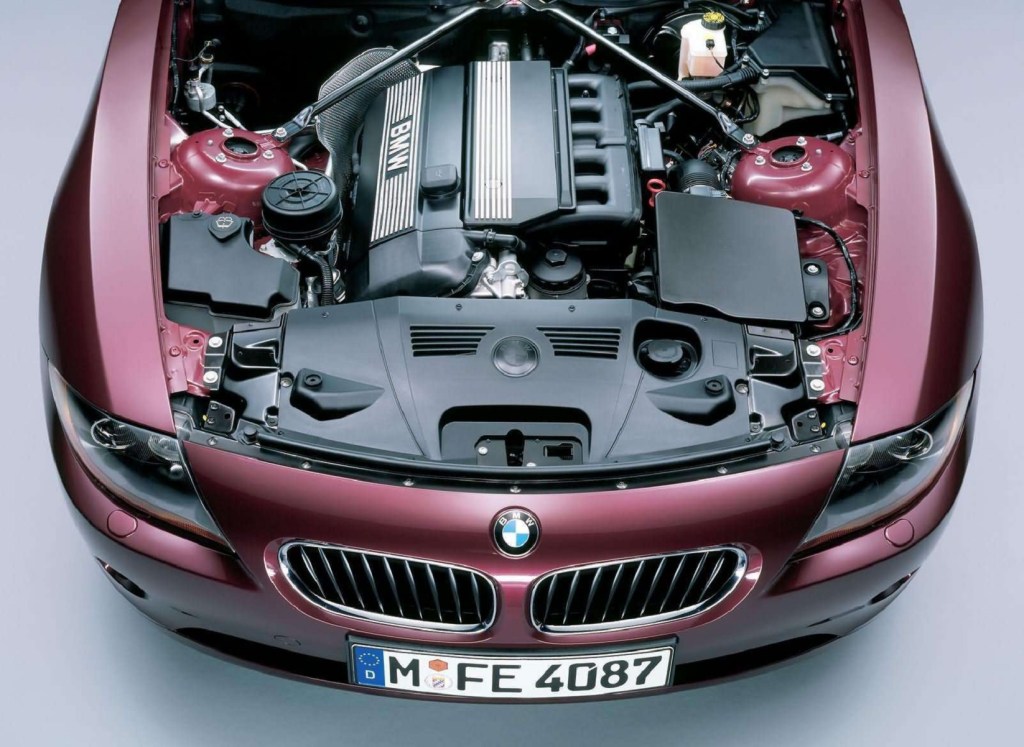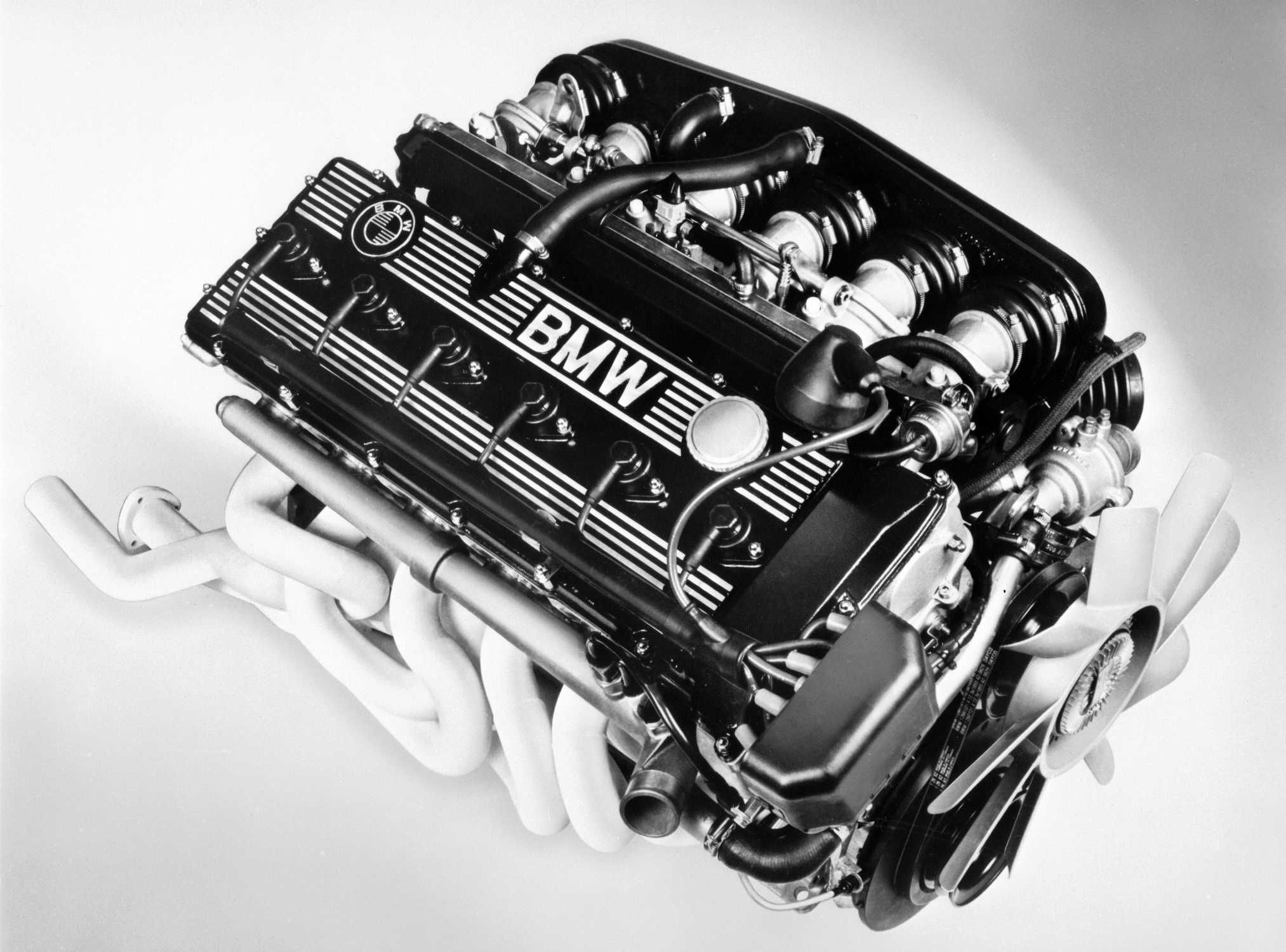Exactly how to Keep Your BMW Engine for Optimum Efficiency and Longevity
Exactly how to Keep Your BMW Engine for Optimum Efficiency and Longevity
Blog Article
Checking Out the Evolution of Combustion Engines in Modern Transport Systems
As we navigate the landscape of modern transport, the evolution of burning engines stands as a testimony to human resourcefulness and engineering prowess. The interplay of history, innovation, and ecological issues in shaping the trajectory of burning engines produces a story that is both informative and engaging.
Early Beginnings of Combustion Engines
Exactly how did the principle of burning engines initial arise in the beginning of transport growth? When the principles of interior combustion were very first discovered, the origins of burning engines can be traced back to the 17th century. In 1673, Christian Huygens conceived a fundamental inner burning engine that made use of gunpowder to create power. It had not been till the late 19th century that useful applications of burning engines in transport started to emerge.
The breakthrough moment came with the invention of the first successful gasoline-powered engine by Karl Benz in 1885 - bmw engine. This engine led the way for the growth of the modern-day automobile, changing transport systems worldwide. Subsequent innovations by Nikolaus Otto and Gottlieb Daimler further refined combustion engine technology, bring about the mass production of automobiles and the rapid expansion of the transport industry
These early combustion engines were identified by their simplicity and performance, laying the structure for the facility and effective engines utilized in contemporary transport systems. The evolution of combustion engines has been instrumental in shaping the way we travel and deliver items, noting a significant milestone in the history of transport growth.
Shift to Internal Combustion Innovation
The change to internal combustion innovation noted a critical shift in the advancement of transport systems. This shift started in the late 19th century, with innovators like Nikolaus Otto and Gottlieb Daimler developing the first successful inner burning engines. These engines transformed transportation by supplying an extra effective and reliable option to vapor engines and electrical motors.
Among the vital advantages of internal combustion engines was their ability to be scaled down to match lorries, bring about the growth of bikes and automobiles. This shift from large, stationary engines to portable, mobile ones led the way for the modern transportation systems we see today.
The change to internal burning technology likewise spurred innovations in fuel technology, causing the development of fuel and diesel as main fuel resources for automobiles. This shift not only made transportation more available to the masses but likewise laid the structure for the oil and gas sector to end up being indispensable to worldwide economic climates.
Impact of Combustion Engines on Transportation
The fostering of burning engines in transport systems militarized a profound shift in the effectiveness and rate of international movement. Burning engines changed transportation by offering a versatile and reliable resource of power for various vehicles, consisting of autos, ships, planes, and trucks. This development substantially enhanced the capability for products and individuals to relocate over fars away in shorter timespan, leading to enhanced connection in between areas and nations.
Moreover, the widespread use of burning engines has had a substantial effect on economic development. The capability to transport items successfully has spurred profession and commerce, permitting services to broaden their markets and get to consumers worldwide. This has actually facilitated financial development and globalization, as products can now be delivered quicker and in larger amounts than ever previously.
Nevertheless, the ecological effect of combustion engines can not be neglected. The combustion of fossil fuels has resulted in air contamination and greenhouse gas emissions, contributing to environment adjustment and positioning health and wellness risks to populaces. bmw engine. As an outcome, there is a growing emphasis on establishing alternative propulsion innovations to minimize these negative effects and produce an extra lasting future for transportation
Developments in Burning Engine Design
One significant innovation is the growth of turbocharged engines, which make use of exhaust gases to drive a generator that compresses inbound air, enabling for more fuel to be charred, resulting in enhanced power result without a considerable rise in engine dimension. Variable valve timing systems have also changed engine layout by maximizing air flow at visit this site different engine speeds, boosting both power and efficiency. These technologies jointly contribute to the continuous renovation of basics burning engines in contemporary transportation systems.
Future Fads in Burning Engine Advancement
With modern technology improvements driving continual advancement, the future of burning engine development is positioned to revolutionize transportation systems around the world. One of the essential trends in combustion engine growth is the push towards better efficiency and decreased exhausts.
Another popular fad is the adoption of hybrid technologies in burning engines. Crossbreed engines incorporate conventional burning modern technology with electric power, providing enhanced gas performance and lower emissions. As the automobile industry shifts towards electrification, crossbreed combustion engines are seen as a transitional service that connects the void in between traditional lorries and fully electrical ones.
Furthermore, the integration of wise technologies, such as expert system and data analytics, is anticipated to play a substantial duty in the future of combustion engine advancement. These modern technologies can maximize engine efficiency in real-time, bring about more efficient burning procedures and boosted total lorry efficiency. Accepting these future patterns will not only drive development in combustion engine development but also contribute to an extra ecologically pleasant and lasting transportation community.

Final Thought
In verdict, the advancement of combustion engines in modern-day transportation systems has been noted by considerable developments in technology and design. From the very early beginnings of burning engines to the shift to inner combustion modern technology, these engines have had a profound impact on transport.
The origins of burning engines can be mapped back to the 17th century when the principles of interior combustion were initial discovered. These engines revolutionized transport by providing a more effective and powerful alternative to heavy steam engines and electrical motors.

Report this page